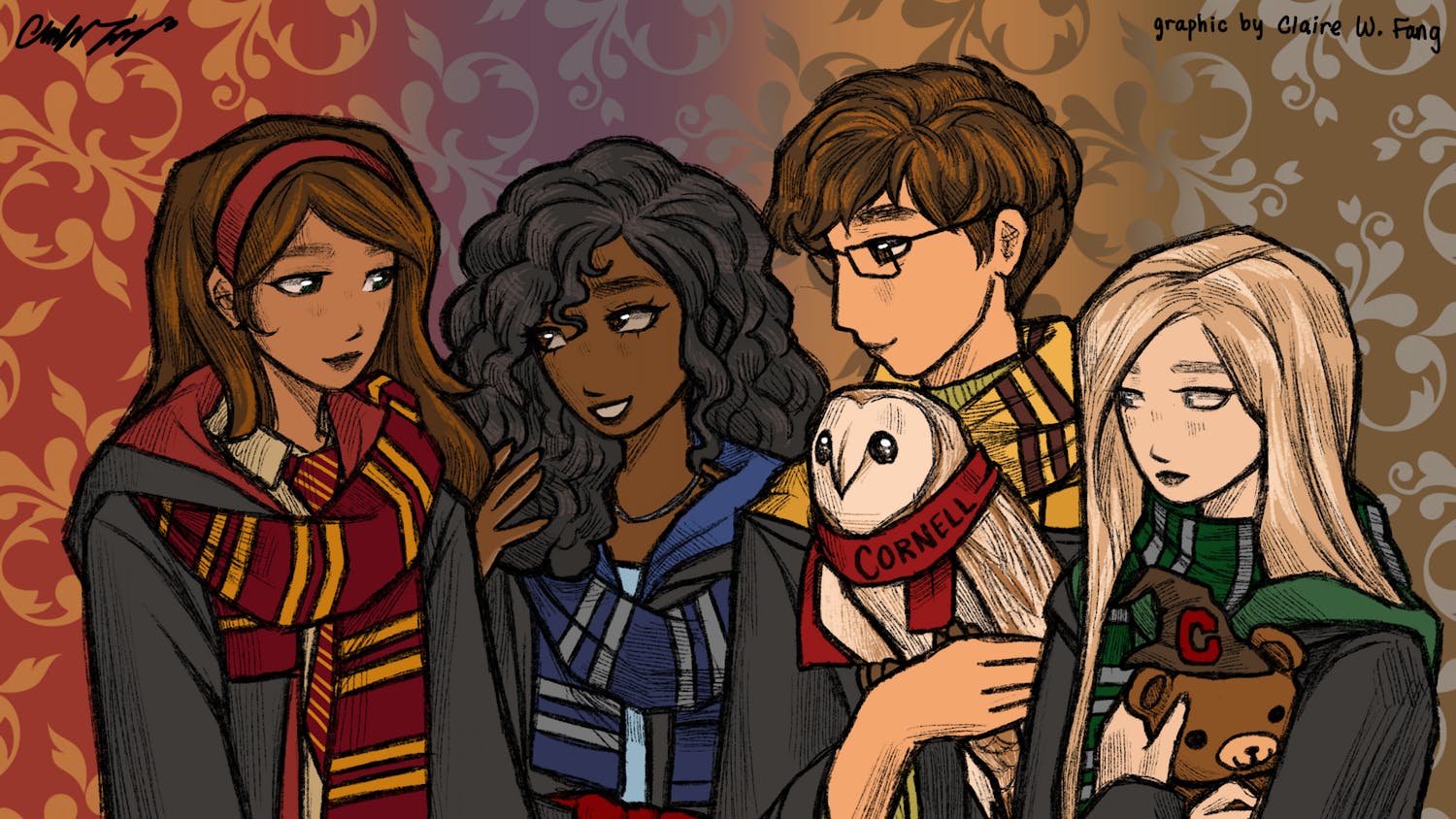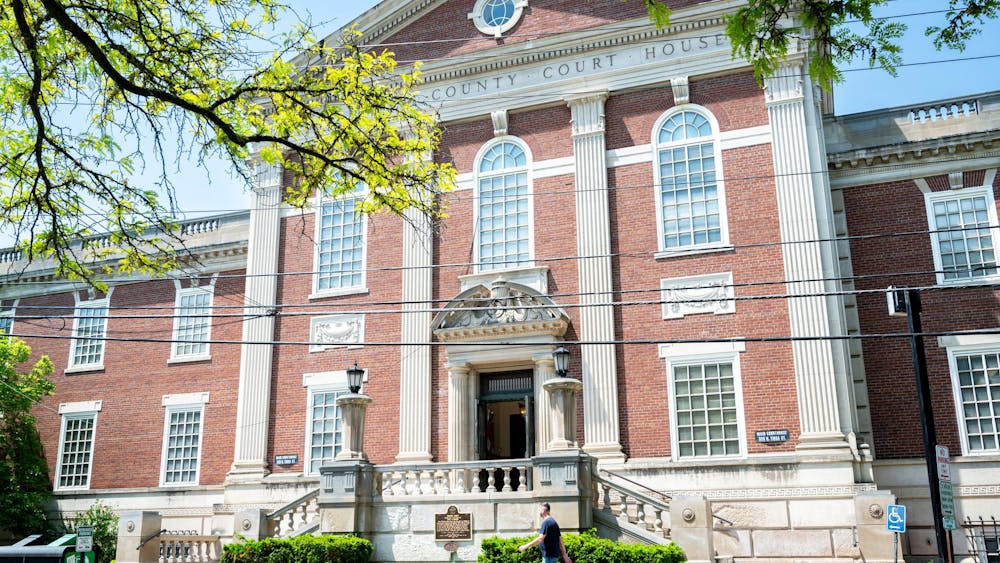For the past few weeks, the phrase “murder hornet” has made frequent appearances in media outlets — producing chilling claims that a dangerous human-killer threatens to invade North America. But despite the buzz, these hornets — technically called Asian giant hornets — are much more of a threat to honey bee populations than they are to people.
“Obviously if you get stung by one of those things it’s going to hurt,” said Prof. Scott McCart, entomology. But it takes a lot more than one sting for the venom to permanently injure a human.
Asian giant hornets can, however, kill entire colonies of bees — pollinating insects commonly thought to be key to the preservation of ecosystems.
“The threat is real. If they actually do become established in the U.S., they are ferocious predators,” McCart said. McCart’s research on honey and wild bees focuses on understanding pesticide risks, pathogen transmission and habitat preservation.
In Japan, where the Asian giant hornets are native, beekeepers use physical traps to keep the hornets out of their bee hives. While these traps can be effective, they do not kill all of the hornets, and many beekeepers do not have the ability to use them, according to McCart.
For the first time ever in North America, the hornets were spotted in Washington State, as well as a few places in Canada in late 2019 and 2020. This has prompted experts to ask, will the species eventually become invasive on the continent?
“There is some ecological niche that that species is able to fill that is not currently filled by a species in this native range,” McCart said. Invasive species are organisms that are able to thrive and reproduce in non-native areas — to the point where they pose a risk to the existing ecological fabric. North American examples include plants such as honeysuckles and European buckthorns.
There is evidence to suggest that Asian giant hornets may fit the criteria to become an invasive species. “There is not necessarily a native competitor to these hornets,” McCart said. “It might be able to exploit a niche that isn’t present by some species here.”
But even though “murder hornets” have made the splashiest headlines, American honey bee colonies still may face other, bigger threats.
“The biggest problem honeybees have right now is the varroa mite,” McCart said. Varroa mites are a parasite introduced in North America in 1982 when the parasite switched hosts from eastern honey bees to western honey bees.
In New York, 50 percent of honey bee colonies are lost every year, the majority of which is due to varroa mites. The mites carry a class of pathogens known as vector viruses, which infect their honey bee hosts in a way similar to lyme disease-carrying ticks.
The loss of honey bee populations pose a great threat to both the environment and food supply chains, McCart explained.
“If you eat, you are reliant on pollinators in agricultural settings to pollinate your food,” he said. “It is estimated that about one out of every three bites of food you take into your body is there because of pollinators.”
In recent years, there has been a steep decline in pollinator species, including bumblebees, honey bees, and other wild pollinators. Honey bees are therefore important for maintaining biodiversity, as other pollinator species are facing extinction or have already gone extinct.
“We're simply losing them,” he said. “They are just not present in areas they used to be present.”
The media attention surrounding the “murder hornets” may also be affecting local wasp and hornet populations. According to McCart, there has been a massive increase in the amount of insecticides and wasp killers being sold at stores like Home Depot and Walmart.
“I guarantee there has been some sort of population impact on our native wasps as a result of this paranoia about the ‘murder hornet,” he said.

‘Murder Hornets’ Bigger Threat to Bees Than to Humans, Experts Say
Reading time: about 4 minutes
Read More










